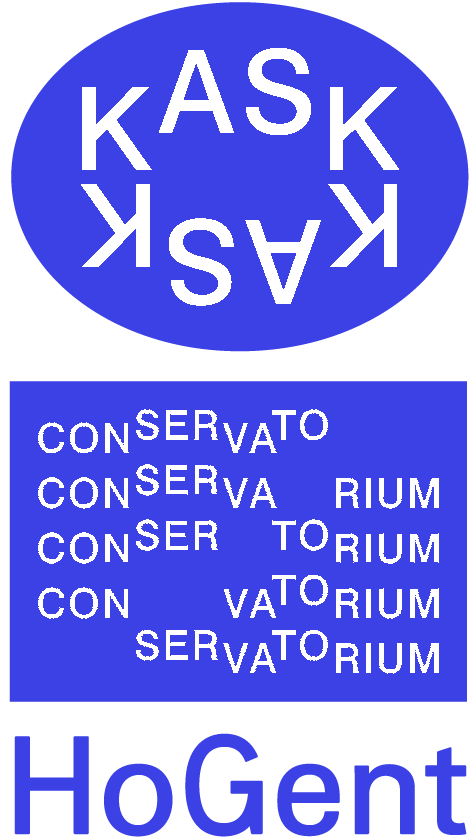Curatorial Studies, Rabbit is the New Beef
postgraduaat curatorial studies
“Buildings emptied of their automatons are even more desolate than tombs; when the machines are left idle they create a void deeper than death itself.” – Henry Miller
The most interesting and compelling things happen in doorways: at the borders, right along the edges. It is within these thresholds that we encounter the transition from one space to the other.[1] By redirecting the gaze, the footnote activates the liminal space, and explores the void whichour eye has to cross. In doing so the project wishes to engage with spaces wherein improvisation is given a chance. Rabbit is The New Beef allows the development of fictitious characters whose interaction animates the fictional apparatus which it has become.[4]
Through a series of semi-scripted events[2] and an exhibition[3], the project attempts to redirect the gaze from overt points of reference to that which is hidden in plain sight. In playing with and extending the syntax of communication into the realm of the liminal, the characters – each in their own way – converse and generate a linguistic sensibility that doesn’t rely upon its physical translation.[3-4] This in turn opens the door to personal narratives, to quasi-fictions. In this way, the project seeks to grasp how the private space of the viewer, and the lack of distinction between fantasy, narrative and reality, operate.
Rabbit is The New Beef is curated by May Lie Basyn, Ralph Collier, Phyllis Dierickx, Marta Janakakisz, Maud Oonk and Olivier Van D’huynslager. Featuring the work of Karen Amanda Moser, Luca Frei, Elise Van Mourik, Bent Vande Sompele, Benny Van de Meulengracht-Vrancx, Liesbeth Doms and Oscar Hugal.
[1] The project was inspired by the mechanisms of Aby Warburg’s Mnemosyne Atlas. in 1927, the formalist art historian started to compose a work in the form of a picture atlas that consisted of 40 wooden panels covered with black cloth on which nearly 1,000 pictures – in various media – were carefully pinned down, creating a grid-like structure with no captions and only a few texts. Of interest here is not the art historical accomplishment and endeavour of rewriting history, nor the use of new technology, but the creation of fictions within the voids between representations. It is within these thresholds, true to the grid, that new narratives are constructed.
[2] High Performance by Elise Van Mourik will take place unannounced at KASK. As a non-performance, nothing spectacular will happen. In its ongoing, seemingly endless pointlessness, the work will be allowed to circulate, raising expectations that are never met.
[3] The lack of distinction between fiction and reality, public and private, and several other spheres, will be the focus point of the exhibition that takes place in and around KASK. Including works by Karen Amanda Moser, Luca Frei, Benny Van de MeulengrachtVrancx, Liesbeth Doms and Oscar Hugal.
[4] Bent Vande Sompele will, in the upcoming weeks, produce a series of illustrations that will be distributed as part of the project’s press and communication strategy. By dividing the communication in three different consecutive parts, and never showing them together, the full reading of the project relies on individual memory. Playing out the certainty of an incomplete communication due to the shortened attentiveness which is common to our attention economy. * Rabbit is the New Beef is appropriated as a title from Rem Koolhaas’ essay Junkspace and refers both to the transformation of one thing into another and to an acceleration.

